

Listen to the village elders tell old stories about the great forest.

" Old people remember old stories " is an idiom of the Gia Rai people. " Young people like to climb mountains " is an idiom of the Ba Na people. For the elders of the ethnic groups in the Central Highlands, the forest is everything. In the memories of many elders of the K'Ho, Chu Ru, E De villages... the image of the endless forest with paths "just wide enough for a foot" is still intact, the next person steps on the footprints of the previous person...
Da Chais Commune (Lac Duong, Lam Dong ) is located at an altitude of 1,500 m above sea level, so the space here is cool. When the sun begins to rise, the morning mist still lingers on the mountain tops, the sunlight sneaks through the leaves, pouring down each shimmering thread in the misty fog.
Da Chais is the largest commune in Lac Duong district with over 34,000 hectares, of which nearly 32,000 hectares of forestry land, bordering communes of 3 provinces: Khanh Hoa, Dak Lak, Ninh Thuan . The commune is located in the core area of Bidoup - Nui Ba National Park, Langbiang World Biosphere Reserve and on the Da Nhim upstream forest. Currently, Da Chais has a forest cover rate of up to 93%, the highest in Lac Duong district (average of 85%).
Dung K'si village of the K'Ho Cil people located at the foot of Bidoup mountain has only a few dozen old people, but there are thousands of painful anxieties of the previous generation with the forest. It is strange, living next to a forest with many rare and exotic flowers but still feeling the lack of forest.
On the porch of the newly built house, old Bon To Sa Nga blew out smoke, looking towards the mountain.
After nearly 70 farming seasons, Bon To Sa Nga's old feet are full of calluses, but her eyes and smile are still like children's, innocent and open. Her temperament is as open as the mountains, mysterious and proud as the depths of the great forest.
Next to the fire lit in the bitter cold of the valley, old Bon To Sa Nga's eyes were filled with sadness and a distant gaze, with something anxious, tormented, urging, and haunting.

Knowing that according to the law, when there are more people, the forests and mountains will shrink, but the old still feel sad and miss the forests of the past...
Elder Bon To Sa Nga said that in recent years, Lac Duong district has become a hot spot for deforestation. In Da Chais commune in mid-2022, there was also a serious deforestation incident, more than 50 three-leaf pine trees were cut down on an area of more than 3,000 m2 of destroyed special-use forest.
In the past, it was said to be in the past but only a few decades ago, around 1980 or earlier, the whole district of Lac Duong was still very wild, all forest and forest.
In the past, not only did you enter the national forest area to see rare forest trees, but you could also step out of the door and see the forest, the dense forest, the vast forest forming a majestic wilderness, right next to the house were ancient forest trees that 2-3 people could hug around.
Pơ mu trees, gio bau trees (for agarwood, ky nam), cinnamon, star anise, and Langbiang palace trees are still abundant. The forest surrounds the road, the road cuts through the forest. The farthest hamlet from the forest can be reached by a few "knife throws" from the house.
During the dry season, the strong men of the family would carry forest products down to the lowlands to exchange for salt. In those days, if you were not careful in the forest, you would easily get lost. There were areas of forest so dense that you could barely see the sky. Foresters would need to find a water source by listening to the sound of the crows and going there, they would definitely find water.

The forest in the past was not as “clean” as it is now, but was full of miscellaneous trees, ground cover, leeches, mosquitoes... Walking in the forest, looking up at the tall tree trunks covered with moss from root to tip, the small vines hanging down swaying like weaving a curtain. The forest trees were entwined, intertwined, leaning on each other, layer upon layer. The yellow-cheeked gibbons, the black-headed laughingthrushes peeked out, the birds chirped.
The forest provides the village with both food and drink. Walking in the forest, one does not have to worry about hunger, there are wild fruits everywhere, and if thirsty, one can unscrew a tree trunk to get water. A beehive is enough to keep hunger at bay for several days. Wild animals do not run away when they see people, and herds of deer come down to drink water by the stream right next to people.
Standing on this village calling to another village, the distance between them is a mountain, but the howling sound weaves through the forest trees, crosses five streams and four passes, and finally reaches each other's ears. When the wild animals in the forest call, all four provinces can hear.
To survive and develop in the midst of nature and forests, the K'Ho people gradually formed behaviors and customs, creating a polytheistic nature in the spiritual life of the K'Ho community.
They believe that in everyday life there is always a supernatural force, the supreme superiors that exist and watch over from the deep green forests, the majestic high mountains, to the caves, streams, rivers... The K'Ho people still call supernatural beings such as gods and demons with the respectful and worshipful names of Yang and Ca.
With the concept of animism and polytheism, the people here believe that the sacred mountains and forests are the great gods who rule over many other kind gods and are always willing to protect the village.
Therefore, protecting the forest for the K'Ho people is both a responsibility and a sacred duty. Protecting the forest is to protect the living environment and irrigation water source. No one is allowed to encroach without the permission of the forest god, even if it is just picking a bamboo shoot, cutting a tree branch, catching an animal...

The ancient K'Ho people told each other to only borrow enough land from the forest to eat, not to eat all the blessings of the God. That means that in a piece of forest, only small trees are cut down, leaving big trees for the rice god to stay at the top, and they themselves hide under the shade of the trees to rest. After a few farming seasons, the villagers move to a new place, then ten years later return to the old place to reclaim land for cultivation. By doing so, the forest trees are still there, the rice god is still there, and their descendants continue to exist.
His trembling hands plucked the coals to make the fire brighter. Old Bon To Sa Nga's voice dropped. In the light of the crackling firewood stove, his figure looked like a mountain man in the middle of the old forest, casting a shadow on the wall...
The emotional circuits are broken, the stories are almost broken in the memory of the age that is on the other side of the slope of life.
Today, the main road has been opened, connecting the upstream and downstream regions. Places that used to be old forests, where it was difficult to find a wide path, are now wide open, and no matter which direction you look, there are no obstacles.
The sunlight overhead gradually became more intense, the wind and rain became more intense, and new fields sprang up, and more people poured into the new land. The green gradually gave way to the color of people.
The sound of chainsaws and trees falling down in the mountains and forests day after day, month after month, haunts the minds of the elderly at the foot of Bidoup Mountain. In recent years, groups of people from other places have come to freely cut down pine trees.
On the top of Ba Mountain, hundreds of ancient pine trees were cut down and burned black, lying scattered. In neighboring communes, the three-leaf pine forests were also blocked at the base, drilled and then poured with chemicals to kill the trees... People came to occupy the forest land to plant fruit trees or sell the forest land.

At the end of 2012, nearly 20 people from other places came with chainsaws to destroy the po mu forest on a large scale in Bidoup Nui Ba National Park. They mercilessly cut down dozens of po mu trees that were hundreds of years old and had diameters larger than 1 meter.
After the forest was destroyed, people brought in mechanical vehicles to dig and transport thousands of cubic meters of soil away from the scene... Birds were in disarray, wild animals ran far away. Then gradually rubber, pepper, and coffee shoots grew in straight rows, replacing the forest canopy.
More and more areas of forest are being burned to make way for fields and divided into plots for sale. Standing at the foot of Langbiang Mountain and looking in all directions, you will see large patches of dark brown, jagged patches amidst the green of the mountain slopes.
The primeval forest and headwater forest are being pushed deeper and deeper - where there are almost no houses.
Located “a slope” away from the house of the old man Bon To Sa Nga, 65-year-old Cil Ju Ha Gian, in Lieng Bong village, Da Nhim commune, Lac Duong district, has been mentioned by many people in the Bidoup - Nui Ba forest area and Da Nhim protective forest for nearly 20 years as a testament to the K'Ho Cil people's love for the forest.
Under the faint sunlight of the new day, old Ha Gian quietly prepared the necessary items to visit the forest. In the red electric light from the porch, Ha Gian's shadow was printed on the lonely but solid ground like the image of the children of the forest in the epic stories of the Cil people.
Old Cil Ju Ha Gian said, life is better now, houses have brick foundations, people go out on motorbikes, cell phones in hand but still feel something is missing that cannot be explained, maybe the forest.
People live without forests, gongs sound without forests, Kombuat (gourd trumpet), Korla (bamboo pipe instrument), and Sogor (drums) sound without natural forests, festivals become something absent.
Old Bon To Sa Nga, old Ha Gian and the old people who wanted to visit the forest and the animals would cross the long road behind the house, up the mountain ranges near the fields.

Because of his love for the forest, old man Cil Ju Ha Gian has spent 30 years patrolling and protecting the forest and organizing professional forest protection teams. He is as prestigious as a village elder and as good at hunting in the forest as a leader, so the Da Nhim forest management unit asked him to organize a forest patrol team of more than 40 people.
Gia Gian can memorize the locations of rare ancient trees in the forest. He is trusted by the Da Nhim forest protection station officers like "hands trust feet" - the way the Cil people talk about absolute trust.
Thanks to old man Ha Gian, the forest rangers in Da Nhim were able to reach the place where the "loggers" were camping with chainsaws - a forest with dozens of white pine and du san trees, all of which are listed in the Red Book.
Old Ha Gian loves the forest in an unusual way, he voluntarily accepts to guard the forest. Old Gian said "the ancestors of the Cil people have lived in this forest for thousands of years. If the Cil people lose the forest, they will lose their honor".
The old man said that the Cil people living in Da Nhim commune now used to live in Dung Iar Dieng village, a village deep inside the core area of Bidoup - Nui Ba National Park. The old village was not convenient for a comfortable and developed life, so the Cil people were given land outside Da Nhim commune. For the Cil people, being able to settle down and cultivate next to the land of their ancestors in the past made them very grateful.
The Cil people love the forest, so the stories of the Cil people in Da Nhim help the Bidoup - Nui Ba National Park Management Board and the Da Nhim Protective Forest Management Board to preserve the forest as much as the days they lived with the forest. And the enthusiasm has not diminished.
"As long as the forest remains, birds and animals will have a place to live and our children will have a place to protect them ," said old Ha Gian firmly.

Born and raised in the shelter of the old forest in Pu Prâng hamlet (Quang Truc commune, Tuy Duc district, Dak Nong ), then followed his wife to live in Tul A hamlet (Ea Wer commune, Buon Don district, Dak Lak province), also living next to the forests, so when old Dieu Klung (82 years old) saw the forests here gradually shrinking, he could not hide his sadness.
“Remember” is a recurring word in each of the old man’s stories. When the sun gradually sets behind the mountain, the wild memories of the great forest come alive in him. And not only remembering, the old man shed tears because of pity for the forests that had suffered thousands of “wounds”.
The M'Nong people believe in polytheism. They tell each other that gods reside everywhere: the earth god protects the family, the stone god keeps the fire warm and cooks, the forest god raises birds and animals to provide food for people. The mountain god, stream god, and waterfall god keep the water source for the village, the rice god and crop god ensure bountiful harvests and lush vegetation, and the lightning god in the sky punishes those who do bad things.
M'nong customary law has strict regulations on forest protection, exploitation of forest land, upland land, farming customs, cultivation customs, hunting activities of wild animals...
“ If you light a fire in dry grass, the fire will burn down villages, rice fields, dry forests, animals, and people’s property. When cutting trees, don’t let them fall upside down, and when cutting trees, don’t let their branches get crushed. Customary law forbids people from doing anything that affects the growth of forests.
For the village's domestic water lake, it is forbidden for anyone to pollute the water source. If anyone violates the above prohibitions, depending on the nature and economic situation, rich or poor, they will be punished: buffalo, cow, pig, chicken and wine to worship Yang to ask for forgiveness.
M'Nong customary law also stipulates that the deep forest belongs to our ancestors, to our descendants, to our grandparents, to us. Therefore, if anyone destroys the forest, they will be condemned by saying: "Do not use trees to build a house; do not use trees to build a hut; do not clear the forest when farming; do not dig up roots when hungry..."

The Ea Nhon forest stretches for fifty or seventy kilometers, all the way to Ban Don and Ea Sup. The Cu M'gar and Buon Gia Wam forests are dense and full of precious woods such as rosewood, ca te, giang huong, cam xe, ca chit, sao, doi... there are also a lot of deer, roe deer, wild boars...
The area along the slopes of Chu Yang Sin mountain from Hoa Son, Khue Ngoc Dien, Hoa Le, to the three communes of Yang Mao, Cu Pui, Cu Dram is a natural forest with many layers of trees from Sao, Cho, Bang Lang, Cay, Tre, Le and at the bottom are cogon grass and climbing bushes. Every morning, flocks of Cho Rao birds, Dot Do birds, Ao Gia birds, and Parrot birds... from the Le forests and reed fields cry loudly.
Now, although I have looked far, far away, the image of the "majestic Central Highlands mountains and forests" in my memory cannot be seen!
Now from Buon Ky to Ban Don, you can only see houses next to houses, coffee trees next to coffee trees. In the whole Cu M'gar forest, there are only a few bare kơ nia trees left, as if to testify that there was once a vast forest here.
The forest has gradually receded, but the elderly in the Central Highlands can never forget that they grew up in the protection of the forest. The nostalgia is always there, and becomes more intense and urgent as the afternoon comes. A day without hearing the sound of a babbling stream, the chirping of birds, or the footsteps of wild animals trampling on rotten branches and leaves is a day of torment.

- Read more: Part 2: Where is the legendary Kơ nia tree?
Vtcnews.vn
Source: https://vtcnews.vn/lam-gi-con-nhieu-rung-ma-goi-la-dai-ngan-tay-nguyen-ar949094.html



























![[Photo] Discover the "wonder" under the sea of Gia Lai](https://vphoto.vietnam.vn/thumb/1200x675/vietnam/resource/IMAGE/2025/8/6/befd4a58bb1245419e86ebe353525f97)

![[Photo] Nghe An: Provincial Road 543D seriously eroded due to floods](https://vphoto.vietnam.vn/thumb/1200x675/vietnam/resource/IMAGE/2025/8/5/5759d3837c26428799f6d929fa274493)

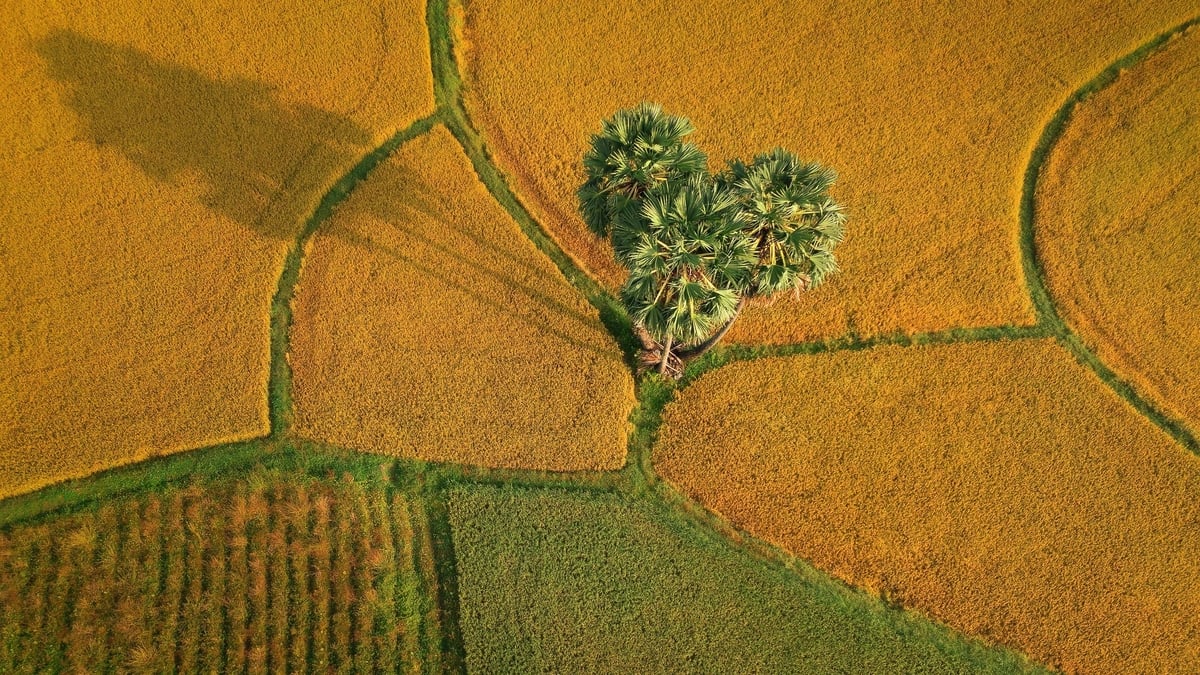
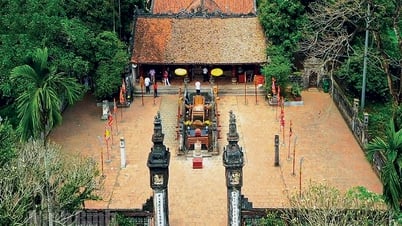

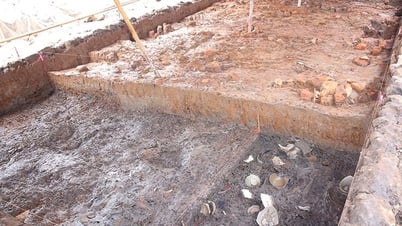





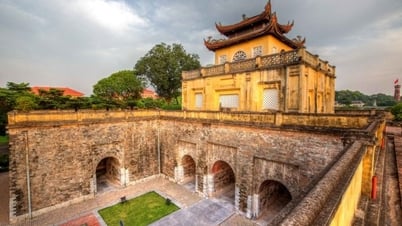

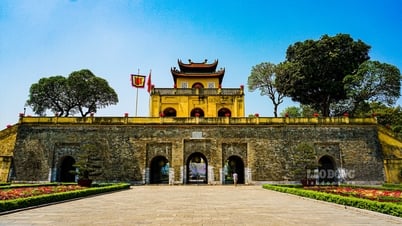






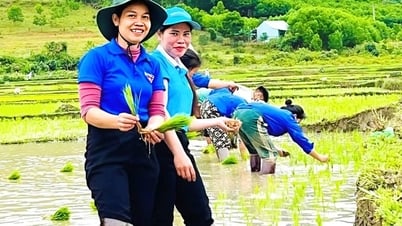




















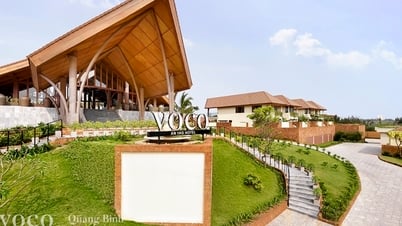














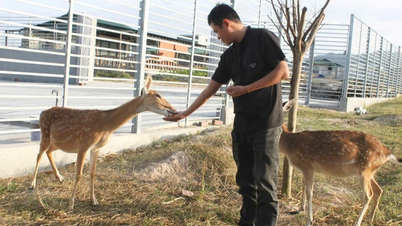










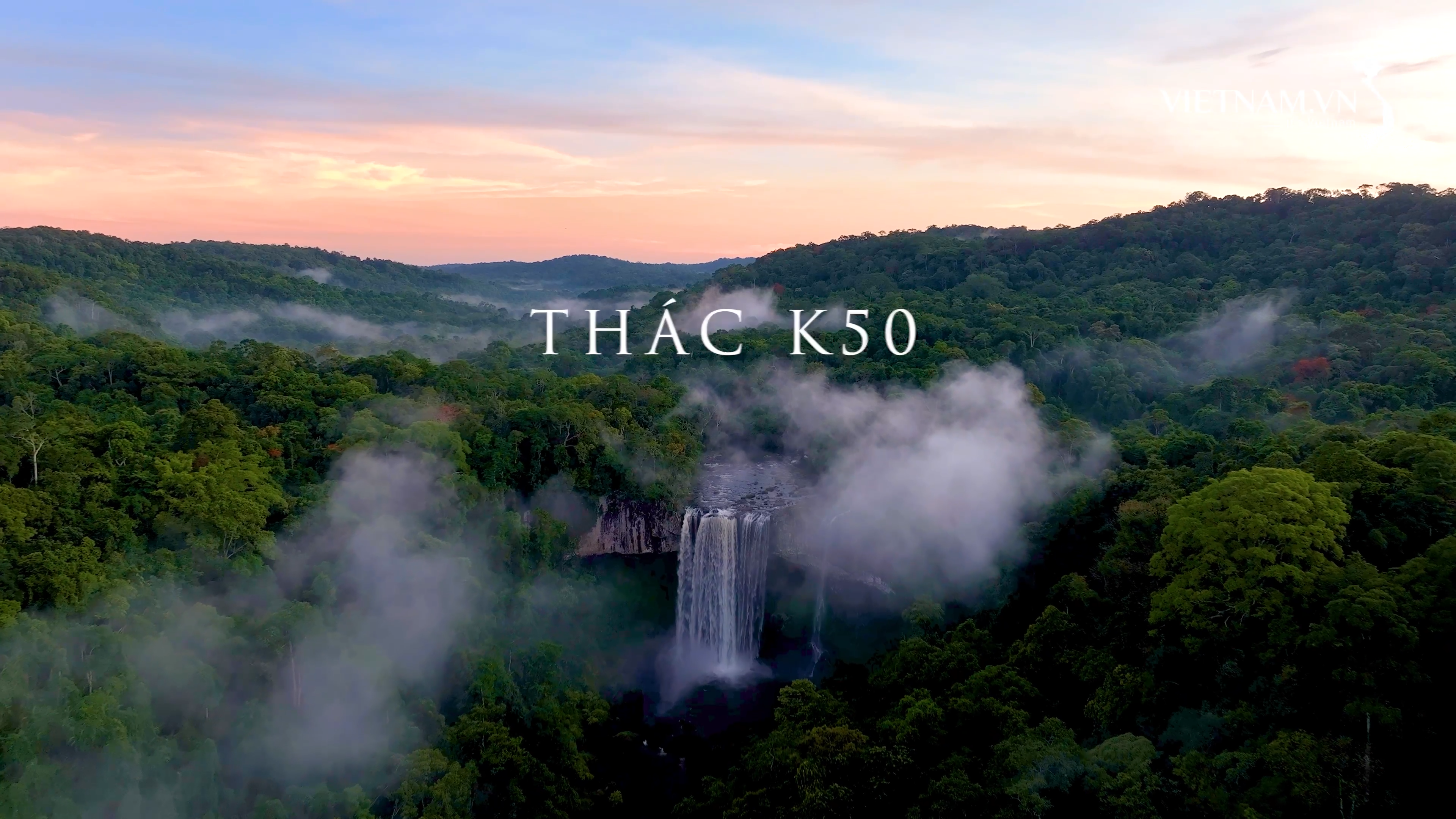
Comment (0)